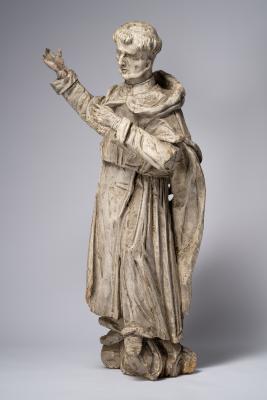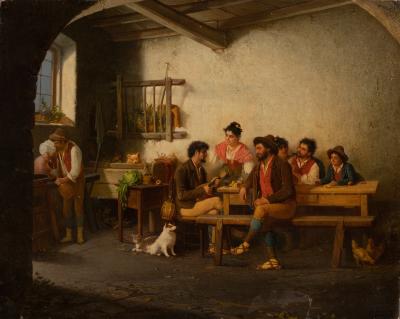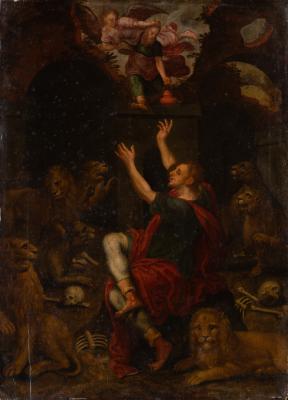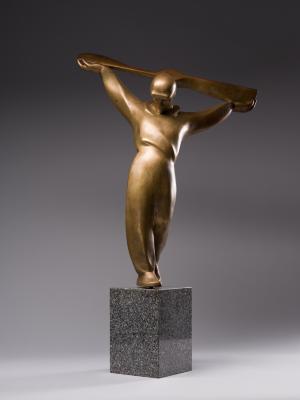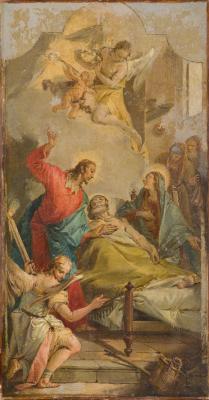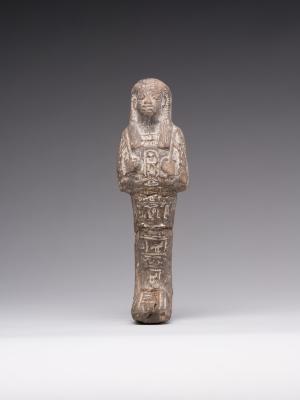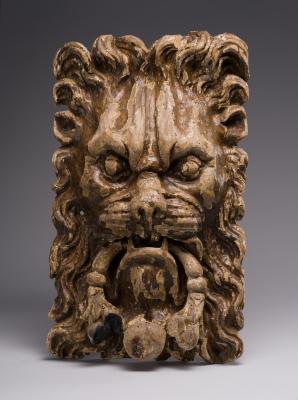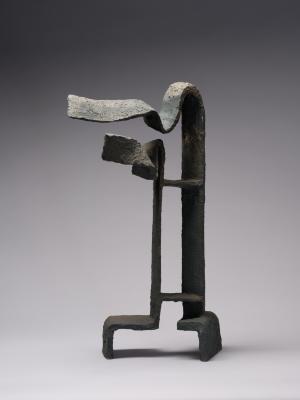Pasta Seller in Naples
Bartolomeo Pinelli
- ID
- Г-IV-1716
- Author
- Bartolomeo Pinelli
- Name
- Pasta Seller in Naples
- Date of creation
- 1810s
- Technique
- etching watercolour
- Material
- paper
- Dimensions (height x width, cm)
- 10.1 x 16.1
- Type
- graphic art
- Genre
- genre art
- Provenance
- Collection of Faina Tarashchanska (Lviv), 1966










